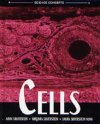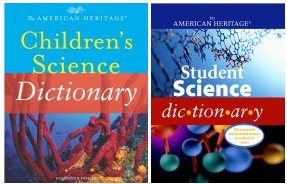From Stem Cell to Any Cell Additional Information
You can learn more about stem cells at whyfiles.org/127stem_cell/ (Why Files) or stemcells.nih.gov/index.asp(National Institutes of Health).
News about the 1998 discovery at the University of Wisconsin of how to extract and grow stem cells can be found at www.news.wisc.edu/packages/stemcells/3327.html (University of Wisconsin).
Additional information about research on stem cells is available at www.news.harvard.edu/gazette/2004/04.22/99-StemOver.html (Harvard University) and www.wi.mit.edu/news/ontopic/stemcells_primer.html (Whitehead Institute, Massachusetts Institute of Technology).
To learn more about the stem cell debate, go to www.cnn.com/SPECIALS/2001/stemcell/(CNN) or www.pbs.org/wgbh/nova/miracle/stemcells.html(PBS).
Books recommended by SearchIt!Science:
 |
Cells— Alvin Silverstein, Virginia Silverstein, Laura Silverstein Nunn
Published by Twenty-First Century Books/Millbrook Press, 2002.
“A cell is like a tiny factory,” explains this book in the Science Concepts series. Find out about how all the parts of cells work together to keep you going. Learn about prokaryotes and eukaryotes, the difference between plant and animal cells, and how cells divide. Sexual reproduction, asexual reproduction, and the stages of meiosis are also discussed. With full-color diagrams and photographs, this book explains the roles of specialized cells, including skin cells, blood cells, neurons, and the cells in connective tissue. A final chapter mentions future avenues of cell research, including cloning, stem cell research, and cell fusion. |
Power Words
embryo 1. An animal in the earliest stages of growth, just after an egg has been fertilized. 2. A plant in the earliest stages of growth, when it is contained within a seed.
cell The most basic part of a living thing, made up of a jelly-like substance called cytoplasm that is enclosed by a thin membrane. The cells of plants and many-celled animals have a nucleus, which contains the genes and other structures. The cells of green plants and some algae have chloroplasts, which is where photosynthesis takes place.
stem cell A cell that has the potential to develop into any of a number of different types of cells. Embryos have stem cells that can develop into almost any kind of body cell. Certain tissues in adults also produce stem cells, although the range of cells that they can develop into is limited.
 |
Copyright © 2002, 2003 Houghton-Mifflin Company. All rights reserved. Used with permission.